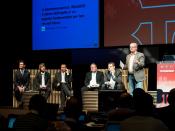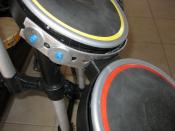Costs, Profits and Break-even Analysis
Alas, this means coming to terms with numbers, something that seems to frighten a large proportion of Business Studies students. Before reaching the stage of actually drawing a break-even diagram we need to think what actually goes into one. First, we need to look at costs. They can be referred to in terms of output, time or product. When we speak of costs in terms of output and time we mean FIXED and VARIABLE costs. Remember fixed costs do not vary with output, whilst variable do. The TOTAL costs of a firm are its fixed and variable costs added together. We also need to remember that we borrow something from economists when we introduce time to the calculation. By this I mean the dreaded long and short run. Remember that in the short run the scale of the operation cannot be changed and any expansion in output has to come from what spare capacity may be available.
In the long run the entire scale of the operation can be altered. Quite literally the company can open a new factory to meet the increase in demand for its products.
When looking at the actual product we need to remember that the costs we must now calculate are the DIRECT and INDIRECT costs. Some people prefer to call indirect costs overheads. Direct costs involve all the costs that can be directly related to the product or service. An example of this would be the materials needed to make a specific product. Indirect costs are those which cannot be directly allocated to a specific product or service. This might be the postage or telephone costs, which cannot normally be allocated to just one product or service. When we add the direct and indirect costs together we get...



Elementary
Basic points covered but is this an essay?
0 out of 0 people found this comment useful.